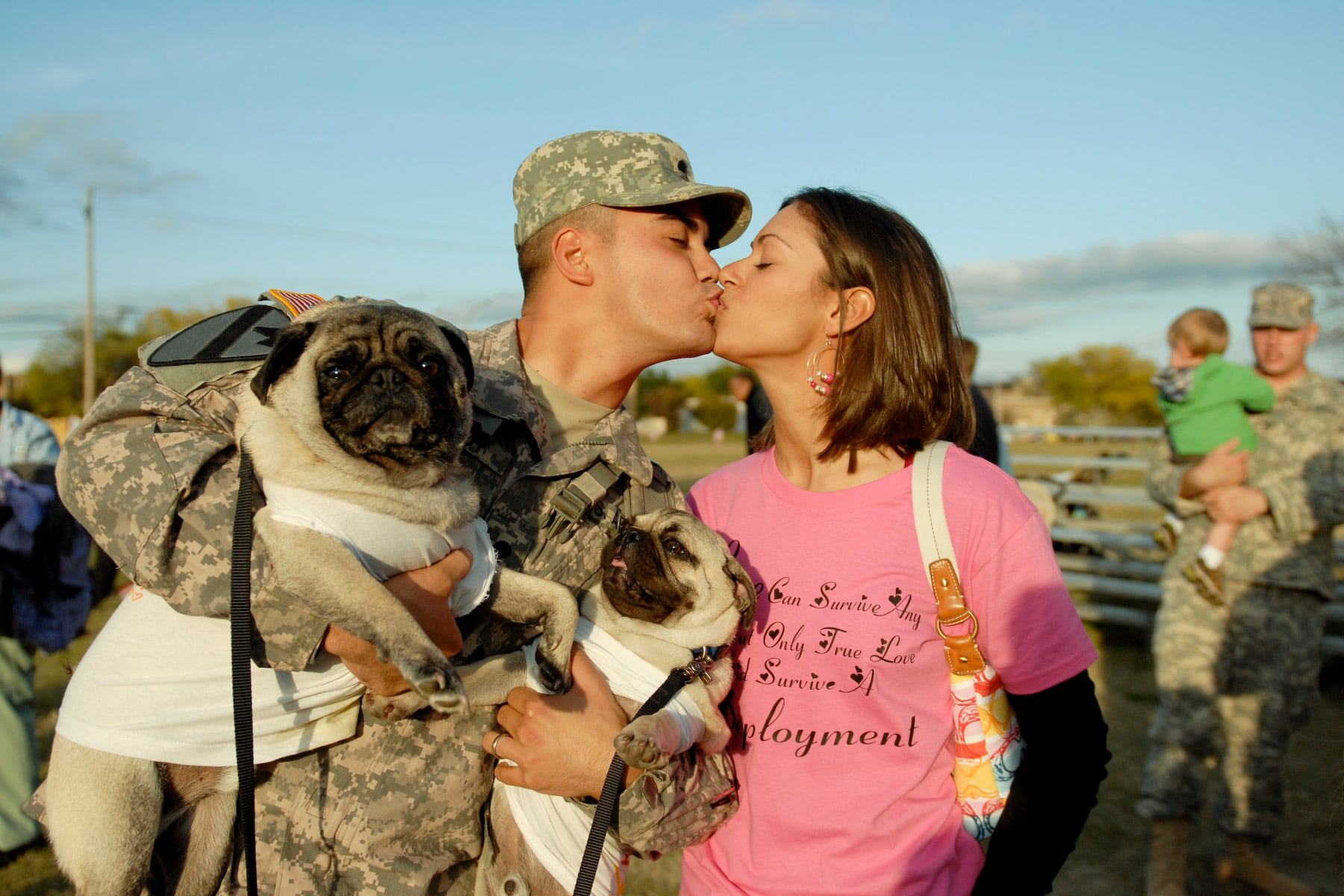The Army’s in a bit of a turnaround period, as operations in the Middle East and South Asia have largely wound down, and more and more attention is paid to regions like Europe, Africa and the Indo-Pacific.
With that comes a new training and deployment model, though it’s not clear that it will line up cleanly with Defense Department guidance to give troops three years at home for every year abroad.
“It’s time for us to start sweating more because we don’t know when or where the next war will happen, but when it does, I don’t want to see soldiers bleed,” Army Forces Command boss Gen. Michael Garrett said Monday at the annual AUSA meeting, referencing an old Norman Schwarzkopf quote about sweating more in peace in order to bleed less in war.
To that end, the Army announced earlier this year that it would be implementing a new readiness model, dubbed the Regionally Aligned Readiness Modernization Model, or ReARMM.
“I am concerned about the Army’s ops tempo as a whole,” Army Chief of Staff Gen. James McConville told Army Times in October 2020. “For the last 19 years, the Army has been heavily, heavily deployed. And even more recently, with our air defense units, our requirements around the world and particularly in the Middle East have really upped their ops tempo.”
RELATED

The plan, which went into initial operating capability this month, would see units spend eight months each in a modernization-training-mission cycle, while preparing to deploy to a specific part of the world.
“It’s all about generating war-winning readiness ... that’s why we exist as an Army,” Lt. Gen. James Rainey, the Army’s deputy chief of staff for operations, plans and training, said.
So how does that two-year progression square with Defense Secretary Lloyd Austin’s recent push to give troops three years at home for every one year deployed?
Those final eight months of the readiness cycle don’t necessarily mean that a unit will deploy, so there is some opportunity to spend a few years at home between deployments.
“So I believe, given what’s going on in the Army right now, in the world, that we will be able to do that,” Rainey told Army Times.
It will be a tighter squeeze for some “low-density” units, like air defense artillery, he said.
“But I believe that ReARMM will help us with the predictability that we need to do that,” he added.
Whether that’s doable will depend on demand. The bare minimum for deployment-dwell is now two years, which units are authorized to maintain when their circumstances require it.
“It all comes down to the contingencies that we have to respond to,” Lt. Gen. Erik Kurilla, who commands the XVIII Airborne Corps, told Military Times.
For example, the 82nd Airborne Division is all home now, he said, for the first time in recent memory, and able to get onto a normal training cycle. But that would be upended depending on what happens next in the world.
“A lot of it is going to be dependent on the combatant command demand signal of those deployed units,” Kurilla said. “And that is one of the baseline things that drives everything. So what does it look like for each of those combatant commands, where we’re going to put forces? And then from that, then we determine the dwell time.”
Meghann Myers is the Pentagon bureau chief at Military Times. She covers operations, policy, personnel, leadership and other issues affecting service members.




